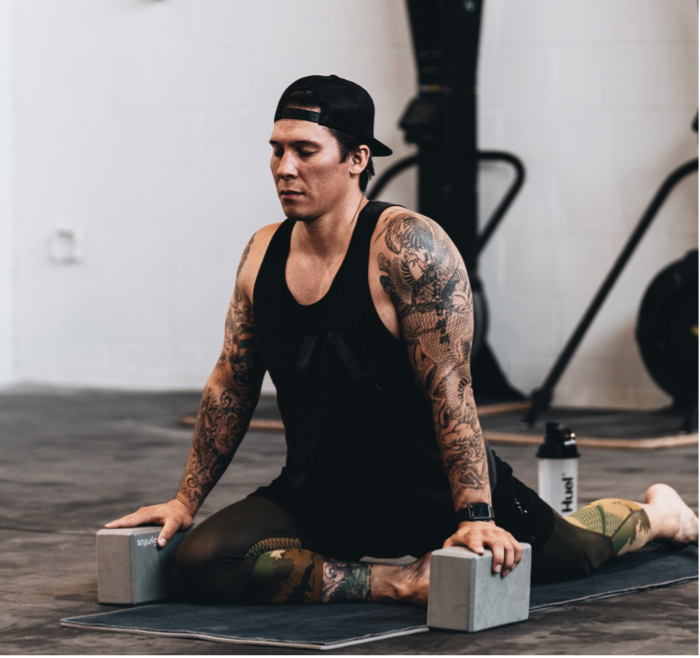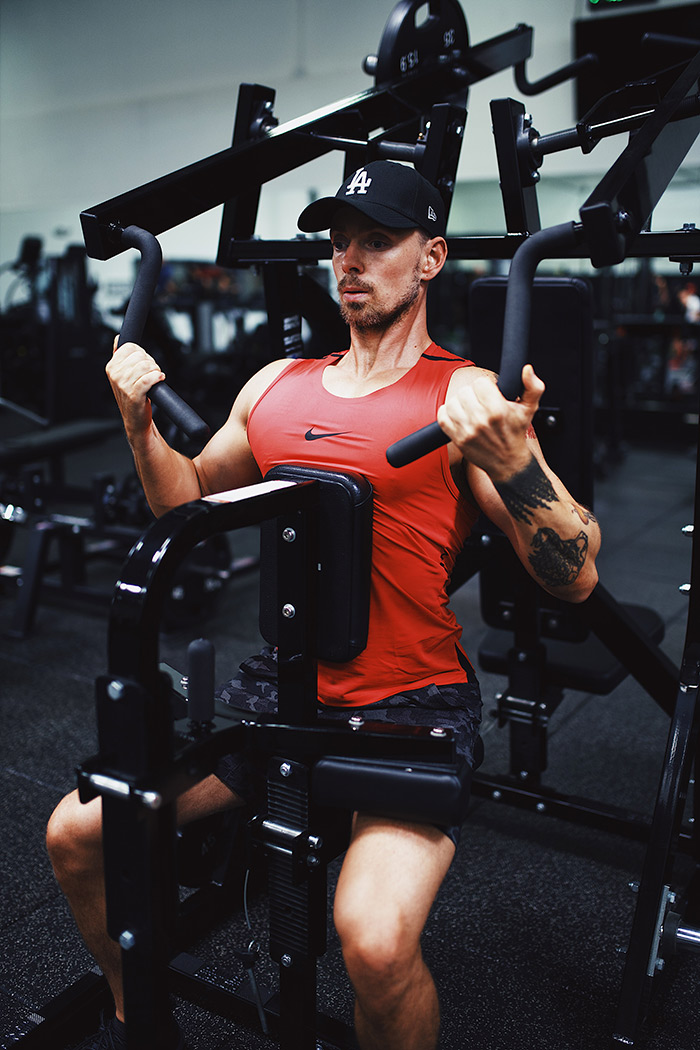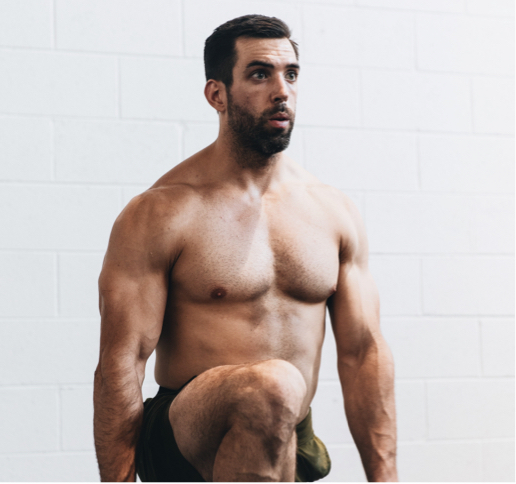Ah, foam rolling – the surefire way to rid your body of those pesky knots that seem to pop up at the most inconvenient times. Myofascial release is a great way to take care of your body, and the foam roller is a great tool to help you do this.
Foam rolling and myofascial release are two popular methods of self-care used to alleviate pain, improve mobility and flexibility, and reduce injury risk. The practice of foam rolling and myofascial release has become increasingly popular due to its ability to help improve physical performance and reduce risk of injury.
But what exactly is fascia, foam rolling and myofascial release?
Fascia is a type of connective tissue that surrounds muscles, tendons, ligaments, and organs. It is a strong, fibrous material that acts like a web to help maintain the integrity and shape of the body. When fascia becomes tight or restricted, it can cause pain and limit mobility. This is why foam rolling and myofascial release are so important.
Foam rolling is a form of self-myofascial release that uses a foam roller to apply pressure to the body’s soft tissues. Foam rolling helps to loosen tight muscles, improve range of motion, and decrease pain. It can also help to improve posture and balance.
Myofascial release is a more advanced form of self-myofascial release that uses pressure to the body’s soft tissues. It is designed to target specific areas of tension and to release trigger points and knots.
Myofascial release is best used as part of a post-workout recovery routine. It can be used to target specific areas of tension and release trigger points and knots. It is important to use proper technique and to apply just enough pressure to feel the release.
So, how do you deal with these problems?
Well, foam rolling and myofascial release are two excellent ways to help you get rid of these issues. Foam rolling is a self-massage technique that uses a foam roller to roll over the area of your body that is experiencing pain or tightness. This helps to break up any adhesions in the fascia tissue, thus allowing it to move more freely and reducing the pain or tightness.
Now that you know what foam rolling is and how it can help you, let’s talk about how to use it. First, you roll over the area for 30 to 60 seconds, focusing on any particularly tight spots. Remember to breathe deeply while you do this. It’s also important to keep the pressure moderate. You don’t want to press too hard, as this can cause more pain or even cause tissue damage. The best time to foam roll is after a workout. This is when your muscles are most relaxed and your body is more receptive to the effects of foam rolling. You can also do it before a workout to help increase blood flow and reduce the risk of injury. Foam rolling is most effective when done at least two to three times per week, for two to three minutes per session. It can be used as part of a warm-up routine before exercise or as a recovery tool after exercise.
When using a foam roller, it is important to use proper technique to avoid injuring yourself. Common mistakes include too much pressure, not rolling long enough, and not targeting specific areas.
When it comes to foam rolling, there are a few common mistakes to avoid. One of the most important ones is not foam rolling enough. Foam rolling should be done on a regular basis for the best results. Another mistake is applying too much pressure. As mentioned earlier, you want to be gentle and use moderate pressure. Finally, make sure to roll slowly and not rush through it, as this can cause more harm than good.
In addition to foam rolling, there are other self-massage devices that can be used to help you with your myofascial release. Massage guns are becoming increasingly popular, as they can help to target specific areas to apply soft tissue manipulation techniques.
In conclusion, foam rolling and myofascial release are great ways to help keep your body healthy and free of pain. Be sure to use moderate pressure, roll slowly, and avoid the common mistakes to get the most out of your foam roller. Also, consider using other self-massage devices like massage guns to target specific areas and continue to apply soft tissue manipulation techniques. Foam rolling and myofascial release are great ways to improve physical performance, reduce injury risk, and improve overall health and well-being. Remember to use proper technique and apply just enough pressure to feel the release. With regular practice, foam rolling and myofascial release can become an essential part of your self-care routine.





